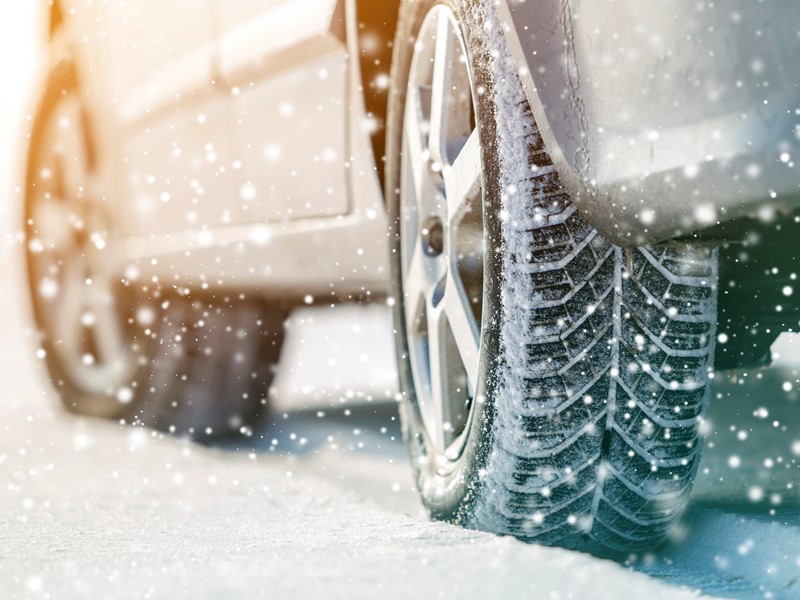November 17, 2023
Categories: Education & Security, Financial Planning

By Dawn Kellogg
Next to your home, your car is perhaps the biggest tangible asset that you have.
It is important that you protect that investment and take care of your car or truck in all seasons. In our region, it is inevitable that winter will take a toll on vehicles whether it be the salt used to add traction on highways, unplowed roads, or potholes.
Here are some tips to prepare you for the long winter season and to help make sure that your vehicle in good shape for winters to come.
Start using winter (snow) tires
Tires are the only connection between your vehicle and the road. Snow tires in our part of the world are a safe choice. Winter tires can withstand cold temperatures and provide good traction in snow, slush, and ice. Non-winter tires lose the ability to grip the road, and a drop in temperature hardens the compounds. Check your tire pressure regularly to be in the safe side. The best time to check air pressure is when your car has been sitting for 30 minutes or more. Each 10 degree drop in temperature can mean a one-pound loss in air pressure.
Install winter wipers
Most car accidents happen due to poor visibility. Changes in temperature cause blades to become stiff and crack. As with tires, regular windshield blades don’t have the thick rubber layer needed to clear off snow that winter wipers have. By installing winter wipers, you create a safe driving environment.
Check fluid levels
Make sure all fluid levels in your car are optimal as recommended by the car manufacturer. Check engine oil, transmission fluid, and brake fluid and top them up if needed. Also check windshield wiper fluid and antifreeze levels for trouble-free winter driving.
Check your battery
The chances of battery damage increase with colder weather. Chemical reactions inside the battery make electricity slow down as the temperature drops. If you have trouble starting your car, get your battery checked immediately. Also check the connections to make sure that they are tight and corrosion free.
Check Brakes
In winter, car breaks need to be in top condition. Have them checked before winter to make sure that your brakes and brake pads are not worn down. (Worn down brake pads mean that your stopping distance will take longer.)
Have a winter safety kit in place
It’s always a good idea to have a winter safety kit in your car which can help you out of a potentially dangerous situation. Your emergency car kit should include:
- Jumper cables
- Blanket
- Ice scraper/snow brush
- Non-perishable food items
- Tire pressure gauge
- Tire inflator
- Gloves
- Water
- First aid kit
- Tool Kit
- Flashlight
- Spare tire
- Gallon of windshield wiper fluid
Fill your gas tank
Never let your gas tank go empty. In the winter, make sure that your tank is at least ½ full at all times. A full tank can reduce condensation and prevent gas line freeze-ups. Also, when you are stranded on a cold isolated road and run out of options, a full gas tank can keep you warm until assistance arrives.
Lubricate your doors
During the winter, your doors can get stuck. To prevent this, lubricate locks and doors. You can use silicone-based lubricants for car doors.
Visit a car wash regularly
Regular car washes keep your car spotless and protected from snow, rain, and corrosion.
Spending the time and money to have your car winterized will extend the life of one of your biggest investments.
